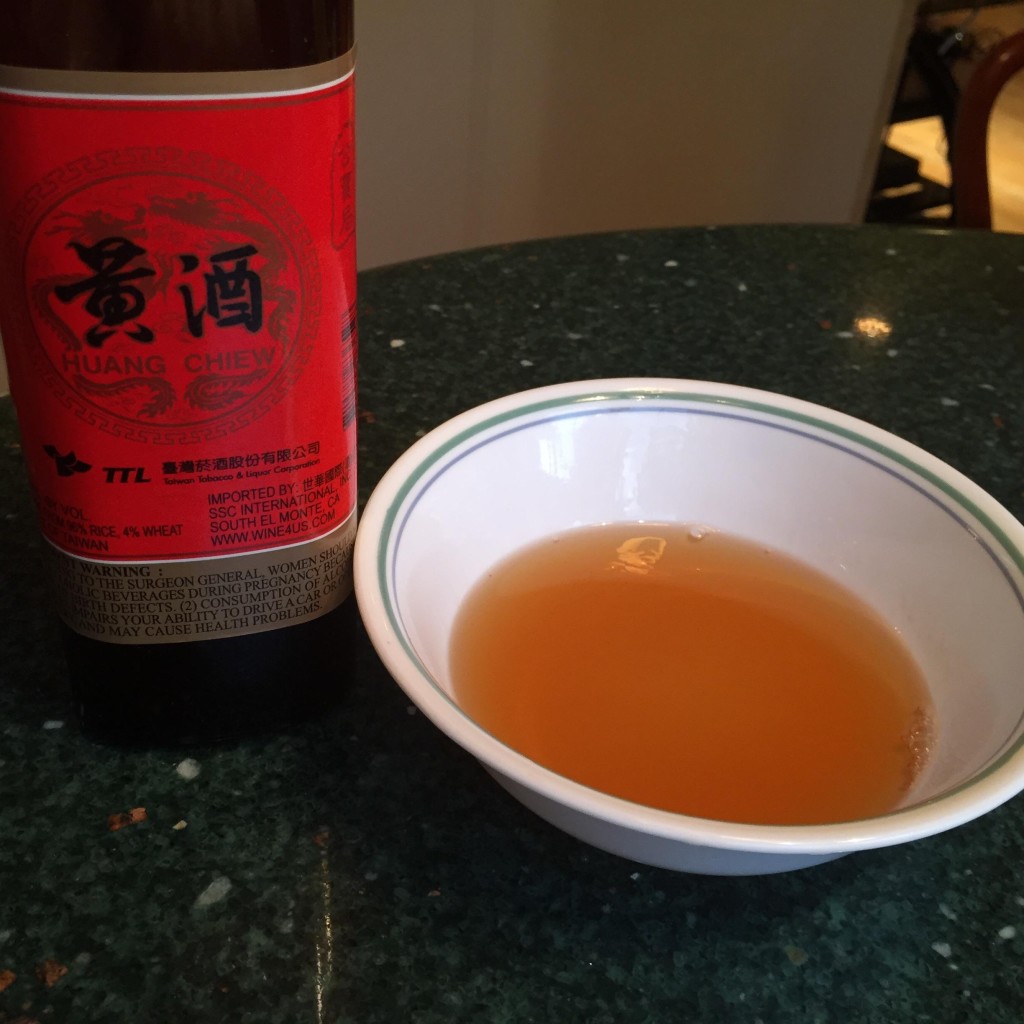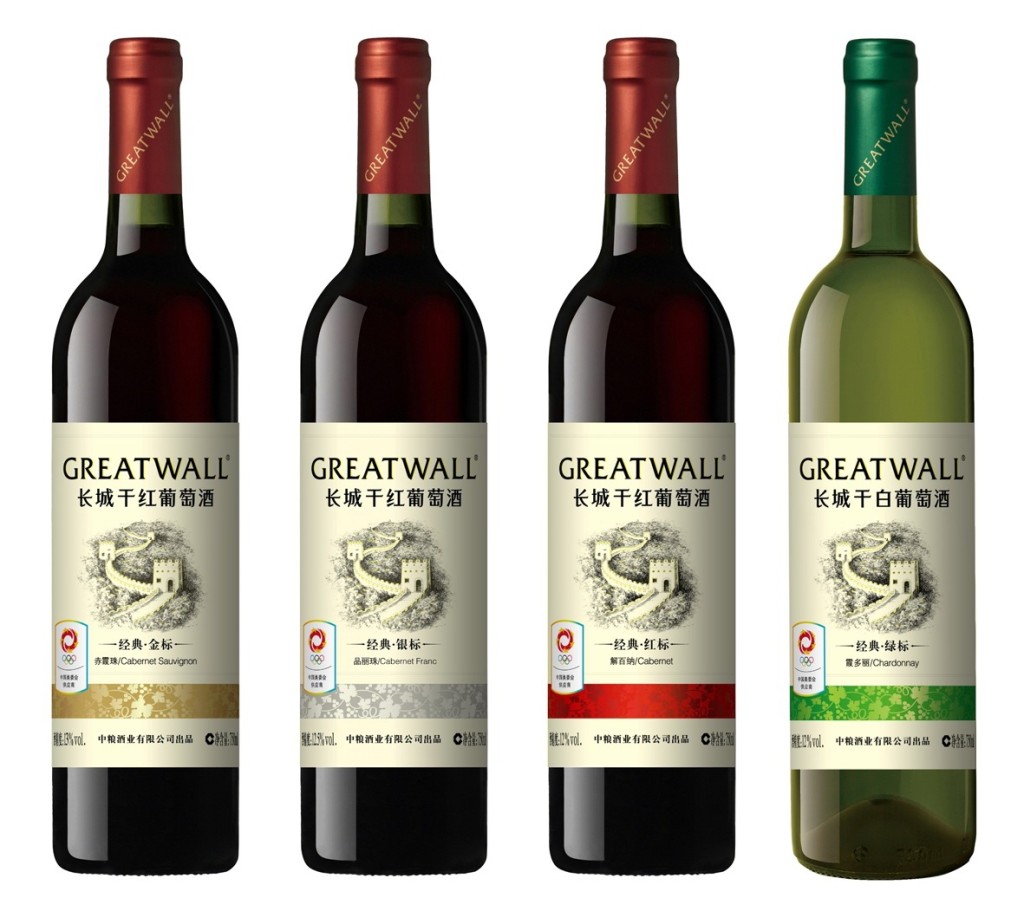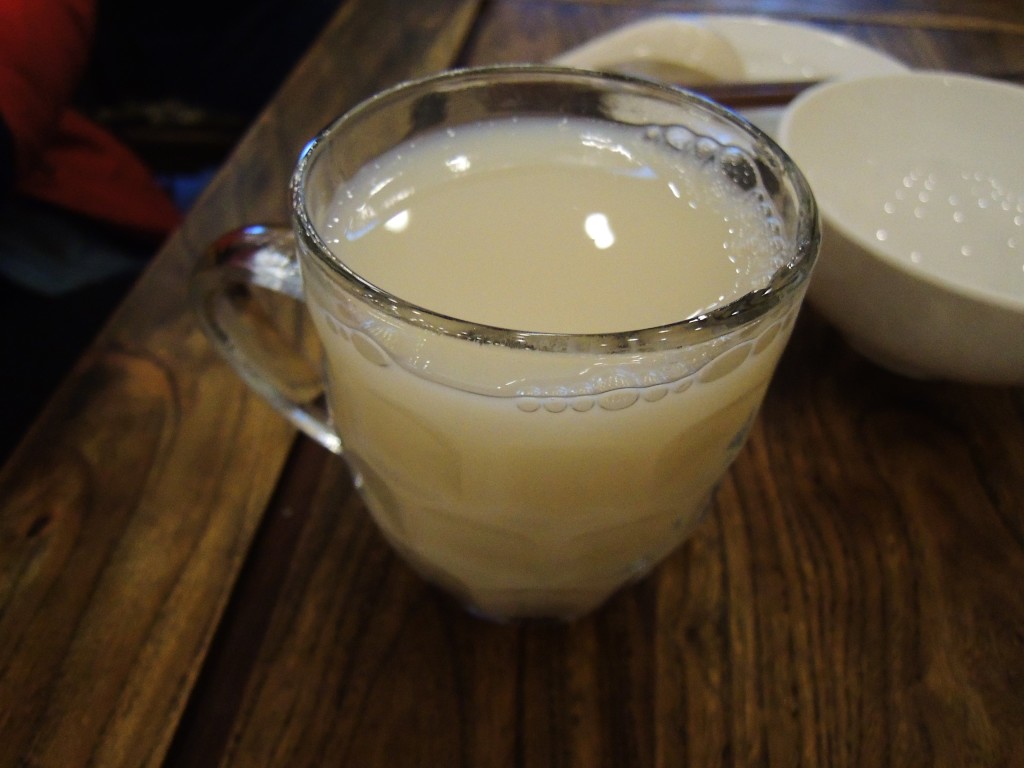Chinese alcoholic beverages seem to precede the earliest stages of Chinese civilization. From China’s staple baijiu, to the widely-available domestic brand beers and wines, there is no shortage of firewater to either complement or replace a meal with.
Huangjiu 黄酒

Huangjiu or “yellow wine” is a fermented alcoholic beverage brewed directly from grains such as millet, rice, and wheat. It is not distilled but typically has an alcohol content around 20%, more than twice that of most wines. It is usually pasteurized, aged, and filtered prior to bottling. Despite its name, huangjiu may be clear, beige, or reddish as well as yellow. The Chinese form of sake, mijiu, is generally considered a form of huangjiu within China.
Huangjiu is classified based on several factors. Among them are the drink’s “dryness”, the starter used in its production, and the production method.
Baijiu 白酒

There are many jokes starting with “You know you’ve been in China too long when …” but one of the most accurate surely is “You know you’ve been in China too long when you enjoy a nice glass of bái jiǔ.”
Usually made by distilling sorghum, it is not unlike vodka in looks. The similarities end there however. Its subtle sweetness gives one an initial this ain’t so bad feeling, which is often followed by panic and a rapid search of your memory for all available objects that might assist you in removing it from your system. At 80-120% proof, baijiu ranges from spicy bite to paint strippingly alcoholic. There are numerous brands of baijiu, but two of the most well-known are Maotai (茅台酒) and Er Guo Tou (二锅头).
Baijiu breaks down into four different types, or aromas: rice aroma (米香), light aroma (清香), strong aroma (浓香), and sauce aroma (酱香)
Pijiu 啤酒

Beer in various forms has a long history in China, but it is largely considered to have been introduced a little over a century ago by the Germans.
Typically pilsner lagers, Chinese beer comes in bottles larger than what are standard in many Western countries. With your average straight-out-of-Missouri Budweiser bottle measuring in at about 350 ml, it is easily overshadowed by the 500-750 ml bottles of Chinese brew.
The principal Chinese brands are Tsingtao and Harbin. Other major brewers include Yanjing, San Miguel, Zhujiang and Snow.
Wine 葡萄酒

Wine has exploded in China in recent years. In most major cities you’ll be able to find a selection of red (hóng pú táo jiǔ or simply hóng jiǔ) and white (bái pú táo jiǔ) wines.
Traditional Uyghur wine from Xinjiang is known as museles. Its production requires crushing the grapes by hand, then straining them through atlas silk and boiling the juice with an equal volume of water, as well as added sugar. This is cooked until the original volume of the juice is reached and then stored in clay urns along with various flavorings.
Though popularity is still rather elitist, China’s growing middle-class is fueling a burgeoning industry of competitively priced good drinkable wines. Rieslings, and Merlots might require a bit of a hunt, but even small supermarkets and some shops typically carry a range of Cabernet and Chardonnay.
The most recommended Chinese brands are Changyu (张裕) and Greatwall (长城).
Choujiu 稠酒

Choujiu is a type of Chinese fermented alcoholic beverage brewed from glutinous rice. It is very thick and has a milky white color, which is sometimes compared to jade. Fermentation is carried out by a combination of the fungus Aspergillus oryzae, which converts the rice starches into fermentable sugars, and yeast, which converts the sugars into alcohol. Varieties of lactic acid bacteria are also commonly present in the fermentation starter.
In the modern day, the city of Xi’an is known particularly for its Choujiu.
